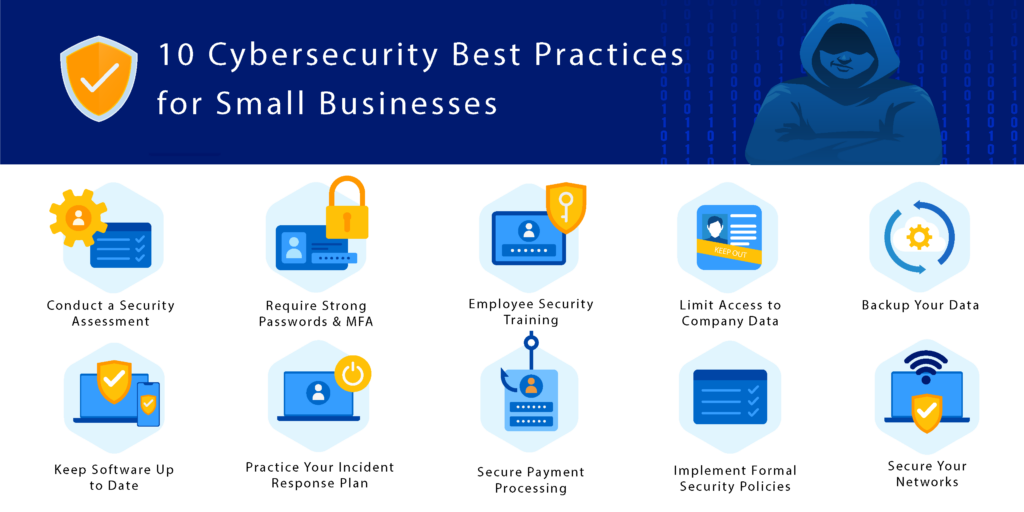In today’s digital age, cybersecurity is more important than ever for businesses of all sizes. With the increasing number of cyber threats and attacks, it is crucial for companies to prioritize their online security measures. Implementing strong cybersecurity practices can help protect sensitive data, secure networks, and prevent potential breaches.
Stay Updated on Security Threats
One of the first steps in maintaining strong cybersecurity is to stay informed about the latest security threats. Hackers are constantly evolving their techniques, so it is important to stay up-to-date on the latest trends and vulnerabilities. Subscribe to cybersecurity newsletters, attend security conferences, and regularly monitor industry news to stay informed.
Implement Multi-factor Authentication
Multi-factor authentication adds an extra layer of security by requiring users to provide two or more forms of identification before accessing a system or network. This can help prevent unauthorized access to sensitive information, even if a password is compromised. Encourage employees to use multi-factor authentication for their accounts and systems.
Regularly Update Software and Systems
Outdated software and systems are more vulnerable to cyber attacks, as they often contain known security flaws. Regularly update all software, operating systems, and applications to ensure that they have the latest security patches and updates installed. Set up automatic updates whenever possible to streamline this process.
Train Employees on Security Awareness
Human error is one of the leading causes of cybersecurity breaches in businesses. Provide regular training sessions on security awareness to educate employees on best practices, spotting phishing emails, creating strong passwords, and handling sensitive information securely. Encourage a culture of cybersecurity within your organization.
Back Up Data Regularly
Regularly backing up your data is key to protecting your business in the event of a cyber attack or data breach. Store backups in a secure location, separate from your primary network, to prevent them from being compromised. Test your backups regularly to ensure that they are reliable and up-to-date.
Encrypt Sensitive Information
Encryption is an essential tool for protecting sensitive information from unauthorized access. Encrypting data ensures that even if it is intercepted or stolen, it cannot be read without the proper decryption key. Implement encryption for sensitive data both in transit and at rest to enhance your cybersecurity defenses.
Monitor Network Activity
Monitoring network activity can help detect and mitigate potential security threats before they escalate. Use intrusion detection systems, firewalls, and security information and event management (SIEM) tools to monitor and analyze network traffic for any suspicious or malicious activity. Set up alerts for unusual behavior to respond proactively.
Limit Access to Sensitive Information
Restrict access to sensitive information and systems to only authorized personnel who need it to perform their job duties. Implement role-based access controls to ensure that employees only have access to the data necessary for their specific roles. Regularly review and audit user permissions to prevent unauthorized access.
Establish an Incident Response Plan
Despite your best efforts, cybersecurity incidents may still occur. Establishing a well-defined incident response plan can help your business effectively respond to and recover from cyber attacks. Outline roles and responsibilities, escalation procedures, communication strategies, and steps for containing and mitigating the impact of a security incident.
Conclusion
Implementing strong cybersecurity best practices is essential for protecting your business from cyber threats and attacks. By staying informed, implementing multi-factor authentication, updating software regularly, training employees on security awareness, backing up data, encrypting sensitive information, monitoring network activity, limiting access, and establishing an incident response plan, you can enhance your cybersecurity defenses and safeguard your business‘s digital assets.




